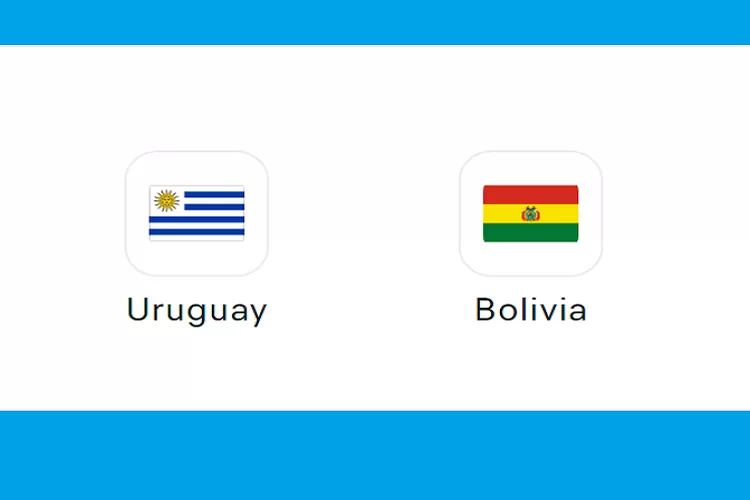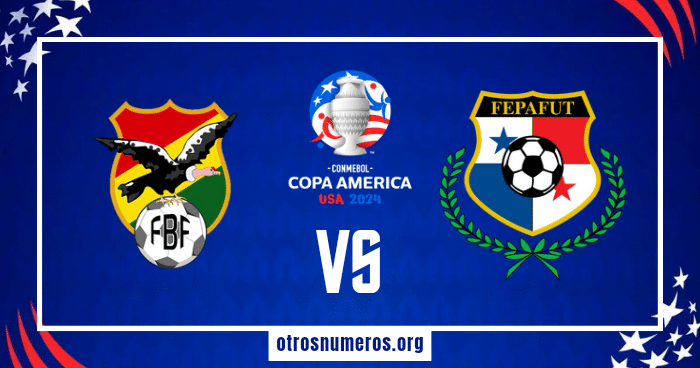Historical Rivalry and Diplomatic Relations

Bolivia vs panama – Bolivia and Panama have a complex historical relationship marked by rivalry and diplomatic tensions. The rivalry stems from territorial disputes, political ideologies, and economic competition.
In the 19th century, Bolivia and Panama were both part of the Gran Colombia federation. After the federation dissolved in 1830, Bolivia claimed a large portion of Panama’s territory, including the Isthmus of Panama.
Territorial Disputes
The territorial dispute between Bolivia and Panama was a major source of tension between the two countries for many years. In 1903, the United States supported Panama’s independence from Colombia, and Panama subsequently signed a treaty with the United States that granted the US control over the Panama Canal Zone.
Bolivia protested the treaty, arguing that it violated its territorial rights. The dispute was eventually resolved in 1914, when Bolivia and Panama signed a treaty that recognized Panama’s independence and renounced Bolivia’s claims to the Panama Canal Zone.
Political Ideologies
The political ideologies of Bolivia and Panama have also contributed to the rivalry between the two countries. Bolivia has traditionally been a left-leaning country, while Panama has been more right-leaning.
This difference in political ideologies has led to tensions between the two countries, particularly during periods of political instability in Bolivia. In 1971, Bolivia’s left-wing government nationalized the Bolivian oil industry, which led to a diplomatic crisis with Panama.
Bolivia and Panama recently faced off in an exciting match, showcasing their skills on the field. If you’re looking for more thrilling soccer action, be sure to check out the England vs Slovakia prediction. Back to Bolivia vs Panama, the game was a close one, with both teams battling it out for the win.
Ultimately, Bolivia emerged victorious, securing a well-deserved victory.
Economic Competition
Economic competition has also been a factor in the rivalry between Bolivia and Panama. Both countries are major producers of agricultural products, and they compete for markets in the global economy.
While Bolivia vs Panama is set to be an exciting match, soccer fans might also be interested in tuning into ecuador vs jamaica live. Ecuador and Jamaica are known for their skilled players and tactical strategies, making this a game not to be missed.
After enjoying ecuador vs jamaica live, be sure to catch the second half of bolivia vs panama for more thrilling soccer action.
In recent years, Panama has become a major hub for international trade and tourism, which has led to increased economic competition with Bolivia. This competition has contributed to tensions between the two countries.
Current State of Diplomatic Relations, Bolivia vs panama
The current state of diplomatic relations between Bolivia and Panama is relatively stable. The two countries have established diplomatic missions in each other’s capitals, and they cooperate on a number of issues, including trade, tourism, and security.
However, the territorial dispute between the two countries remains unresolved, and it continues to be a source of tension between them.
Economic Comparison and Trade Dynamics: Bolivia Vs Panama
Bolivia and Panama present contrasting economic profiles, with Bolivia characterized by a resource-based economy and Panama known for its service-oriented economy. Despite these differences, both countries engage in significant trade activities, creating opportunities for economic cooperation and investment.
GDP and Key Economic Sectors
Bolivia’s GDP stood at $40.4 billion in 2022, while Panama’s GDP reached $63.7 billion. Bolivia’s economy heavily relies on natural gas and mining, with hydrocarbons accounting for a significant portion of its exports. In contrast, Panama’s economy is driven by services, particularly in the sectors of tourism, logistics, and financial services.
Trade Dynamics
The trade relationship between Bolivia and Panama has been growing in recent years. In 2022, Bolivia exported $142 million worth of goods to Panama, primarily consisting of soybeans, natural gas, and minerals. Panama exported $254 million worth of goods to Bolivia, including pharmaceuticals, machinery, and vehicles.
Opportunities for Economic Cooperation
The contrasting economic profiles of Bolivia and Panama create opportunities for economic cooperation. Bolivia can leverage Panama’s expertise in logistics and financial services to enhance its trade and investment activities. Panama, in turn, can benefit from Bolivia’s abundant natural resources and agricultural potential.
Potential Areas for Investment
Potential areas for investment between Bolivia and Panama include:
- Infrastructure development in Bolivia, such as roads, railways, and energy projects.
- Tourism and hospitality sector in Panama, particularly in the areas of ecotourism and cultural heritage.
- Mining and energy exploration in Bolivia, leveraging Panama’s experience in project management and financing.
Cultural Exchange and Social Interactions

Bolivia and Panama, despite their geographical distance, share a rich cultural heritage rooted in their indigenous traditions and Spanish colonial history. However, unique cultural influences have shaped their respective identities.
Cultural exchange programs, tourism, and migration have played a significant role in fostering social interactions between the two countries. These interactions have led to a deeper understanding of each other’s cultures, promoting cross-border cooperation.
Cultural Similarities and Differences
Both Bolivia and Panama have vibrant indigenous cultures that have influenced their music, dance, and traditional crafts. The Andean music of Bolivia, with its use of panpipes and charango, contrasts with the Afro-Caribbean rhythms of Panama, featuring drums and marimbas.
Spanish colonial architecture is evident in both countries, with cathedrals and government buildings showcasing the influence of European styles. However, Bolivia’s colonial heritage is more pronounced, with cities like Sucre and Potosí preserving many historical structures.
Role of Cultural Exchange Programs
Cultural exchange programs have facilitated direct interactions between artists, students, and cultural organizations from Bolivia and Panama. These programs have fostered collaborations, such as joint art exhibitions and musical performances.
Educational exchanges have also promoted cross-cultural understanding. Bolivian students have studied in Panama, particularly in the fields of engineering and business, while Panamanian students have explored Bolivian indigenous cultures and traditions.
Tourism and Migration
Tourism has played a role in connecting the two countries. Panamanians visit Bolivia to experience its Andean landscapes and ancient Inca ruins, while Bolivians travel to Panama for its beaches, rainforests, and vibrant nightlife.
Migration has also contributed to social interactions. Panamanians of Chinese descent have established communities in Bolivia, bringing their culinary and cultural traditions to the country.
Impact of Interactions
These cultural exchanges and social interactions have fostered a sense of familiarity and respect between Bolivia and Panama. They have also contributed to increased cooperation in areas such as trade, education, and cultural preservation.
The cultural understanding gained through these interactions has paved the way for collaborative projects and initiatives that benefit both countries.